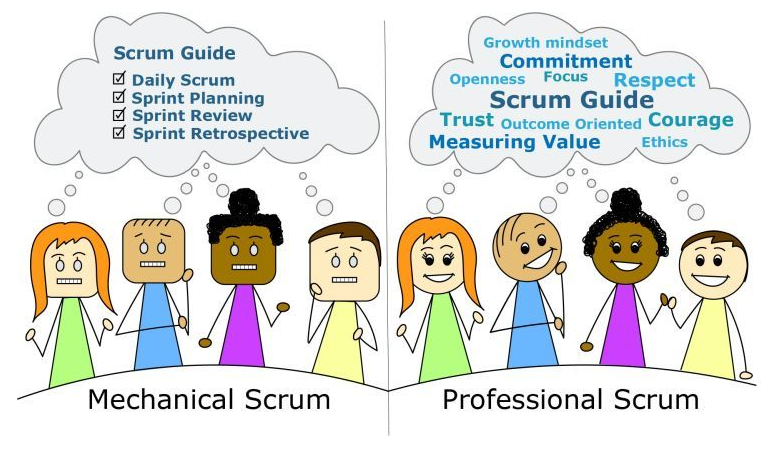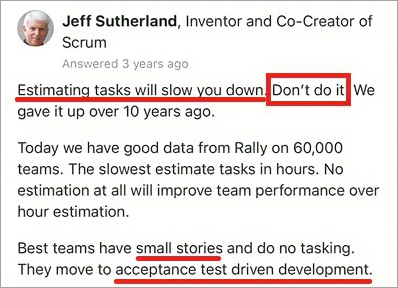Scrum
Scrum is an empirical process control framework.
Empirical means to runs experiments to improve the product.
The sprint backlog should contain all the information the team needs to successfully plan and complete work within the time allotted without having to rush at the end.
Before start planning your sprint, you’ll want to have created, prioritized, and estimated the backlog and defined the sprints.
A story point is a metric used in agile project management and development to estimate the difficulty of implementing a given user story, which is an abstract measure of effort required to implement it. In simple terms, a story point is a number that tells the team about the difficulty level of the story. Difficulty could be related to complexities, risks, and efforts involved.
Story points are a useful unit of measurement in agile, and an important part of the user story mapping process. A number is assigned to each story to estimate the total effort involved in bringing a feature or functionality to life.
Are you practicing Professional Scrum, or are you just going through the motions and only holding Scrum Events?
Learn more about Professional Scrum.
Estimating tasks will slow you down. Don't do it. We gave it up over 10 years ago.
Meetings in Scrum
- Sprint Planning
- Sprint Daily Sync
- Sprint Review
- Sprint Retrospective
Additional meetings
- Sprint Review Preparation
- Sprint Review Demo Preparation
- Sprint Review Dry Run
Sprint is one timeboxed iteration of a continuous development cycle. The sprint supports the team’s ability to work using Agile processes and tools.
During the planning meeting, typically held on the first day of the sprint, the product owner works with the team to identify those stories or backlog items to complete in the sprint.


Comments